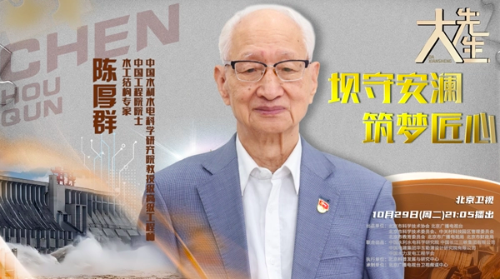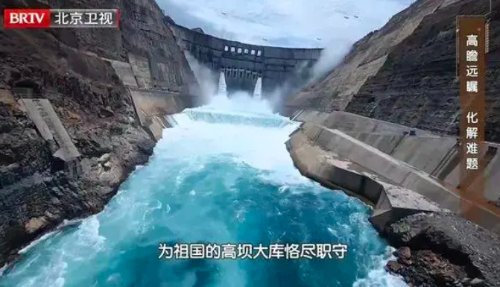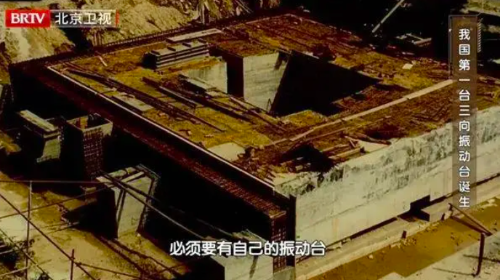Editor's Notes:
Season 3 of the educational science program "Mr. Science" has started to air on Beijing Radio and Television Station (BRTV) every Tuesday at 21:05 since July 30, 2024. Each episode features a prominent Chinese scientist who imparts wisdom and experiences to a group of university and middle school students known as the "Future Team," fostering an engaging learning environment. Here are the stories of these distinguished scientists.
In hydraulic engineering, few names resonate as profoundly as Chen Houqun. An esteemed academician of the Chinese Academy of Engineering and a senior engineer at the China Institute of Water Resources and Hydropower Research, Chen has dedicated his career to the intricate relationship between water and infrastructure. His work is about safeguarding lives, nurturing ecosystems, and ensuring a sustainable future.
Water is the lifeblood of civilization, and hydraulic engineering has been pivotal in harnessing this precious resource. It plays a vital role in ensuring food security, flood control, and environmental balance. Yet, with the beauty of water management comes the lurking threat of natural disasters, particularly earthquakes.
For over three decades, Chen has been at the forefront of monumental hydropower projects, including the Liujiashan, Xiaolangdi, and Longyangxia dams. Behind each of these engineering marvels lies the tireless effort and ingenuity of Chen and his dedicated team. They have tackled complex seismic challenges head-on, fortifying these structures and ensuring the safety of countless communities. His role as the quality guardian for the iconic Three Gorges Project and the South-to-North Water Diversion Project further highlights his unwavering commitment to excellence.
Interestingly, Chen’s journey into hydraulic engineering was not a straight path. Initially trained in civil engineering, his life took a pivotal turn in 1952 when he received an unexpected invitation to study in the Soviet Union. By October of that year, he was in Moscow, immersing himself in hydraulic research at the Moscow Power Engineering Institute.
In February 1958, upon returning with his degree, Chen Houqun was assigned to China Institute of Water Resources and Hydropower Research. Filled with enthusiasm, he expressed a desire to work on-site at construction projects.
One of the defining moments in Chen’s career came in 1959 when the Xinfengjiang Reservoir in Guangdong experienced a series of unexpected earthquakes. The safety of the 105-meter concrete dam was critical, impacting the lives of people downstream, including those in bustling Guangzhou. The institute swiftly established a dedicated seismic research group, and Chen was entrusted with the monumental task of leading this initiative.
With unwavering resolve, Chen collaborated with experts from various fields to conduct thorough investigations into the causes and characteristics of reservoir-induced seismicity, and established the first seismic monitoring network for reservoirs and a strong-motion observation array for dams. This work provided crucial support for accurately monitoring and assessing the safety performance of dams during seismic events, pioneering dam seismic safety research in China.
Recognizing the importance of experimental facilities in earthquake research, Chen took the initiative to establish a dedicated laboratory. During a pivotal transition from conventional static analysis to dynamic methods, he proposed the use of a large, three-directional seismic simulation table to enhance research capabilities. Despite initial difficulties due to the unprecedented nature of the project, Chen meticulously gathered information, engaged in extensive negotiations, and ultimately secured the necessary technology from a German company.
Once operational, the seismic simulation table became a game-changer for major hydraulic projects, including the Ertan, Three Gorges, and Xiaolangdi dams, providing vital data that informed seismic design standards. Chen also led research into high-arch dams and developed cutting-edge software for seismic analysis, significantly improving the efficiency and accuracy of dam safety assessments.
Chen Houqun’s contributions to seismic safety in hydraulic engineering have significantly advanced the field and established a strong foundation for safe water management in China. As we reflect on his legacy, we are encouraged to pursue excellence and innovation, contributing to the safety and prosperity of our communities.


